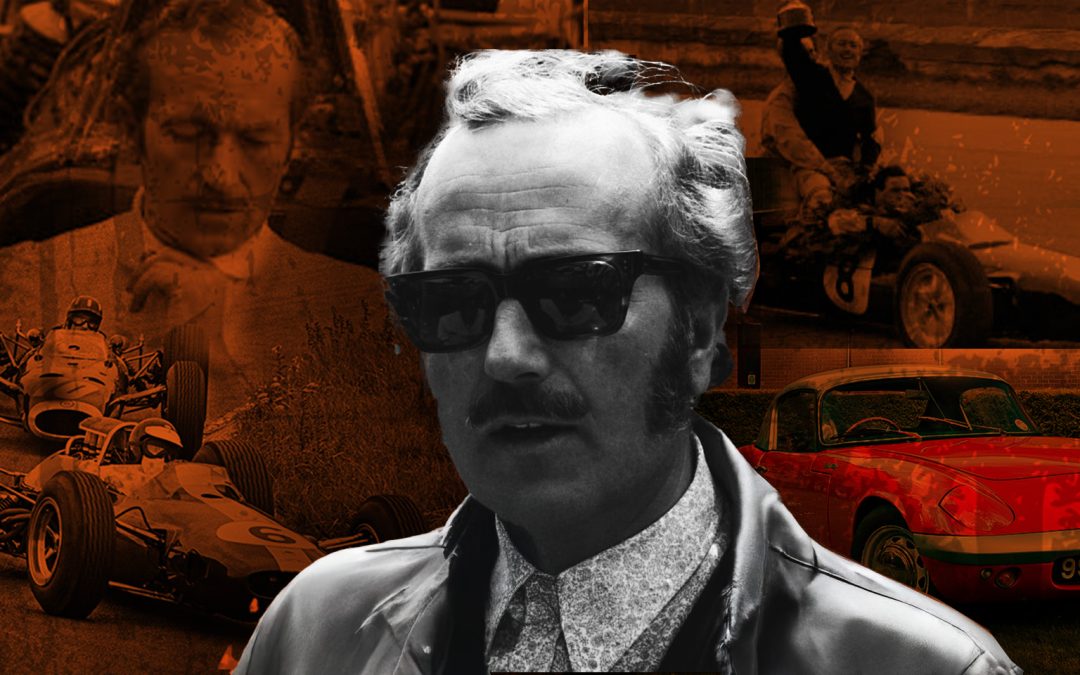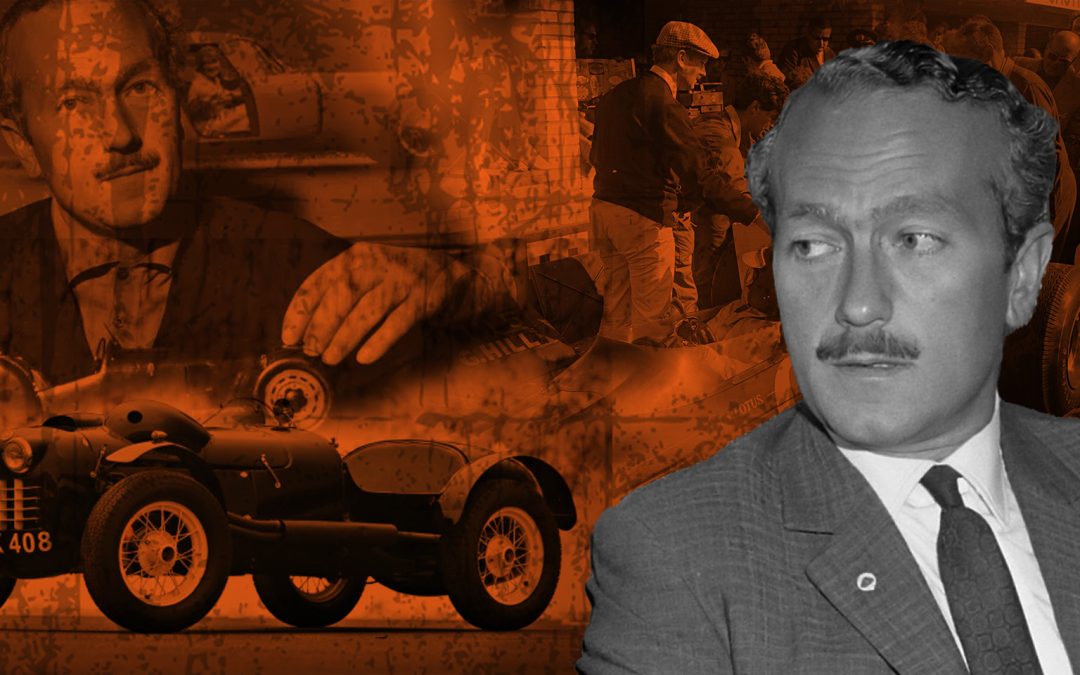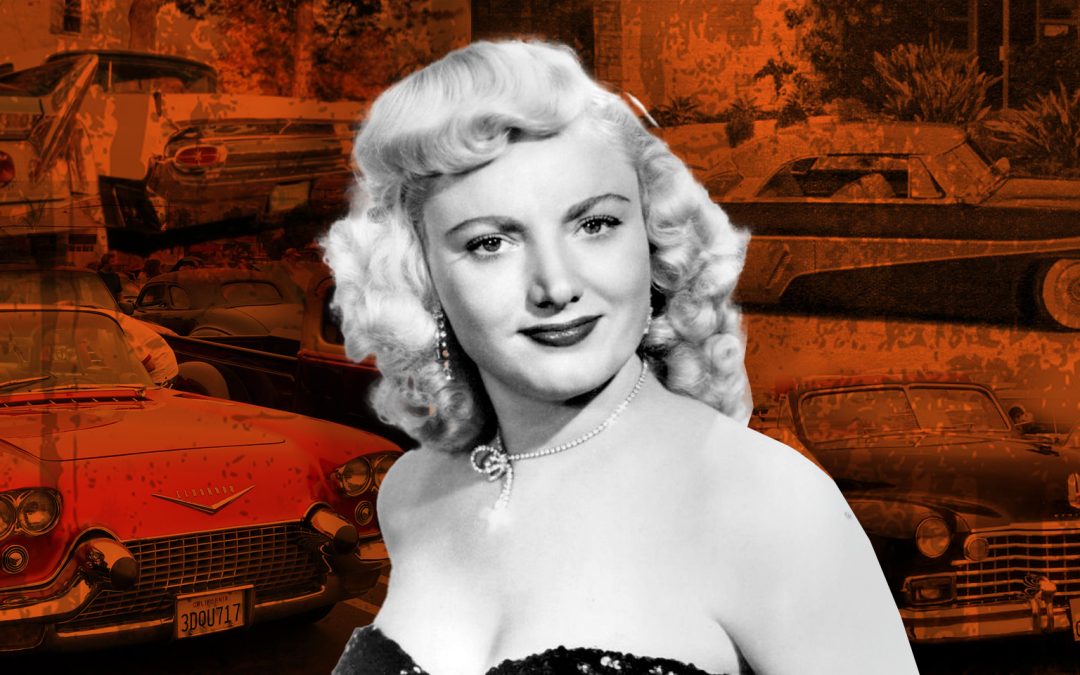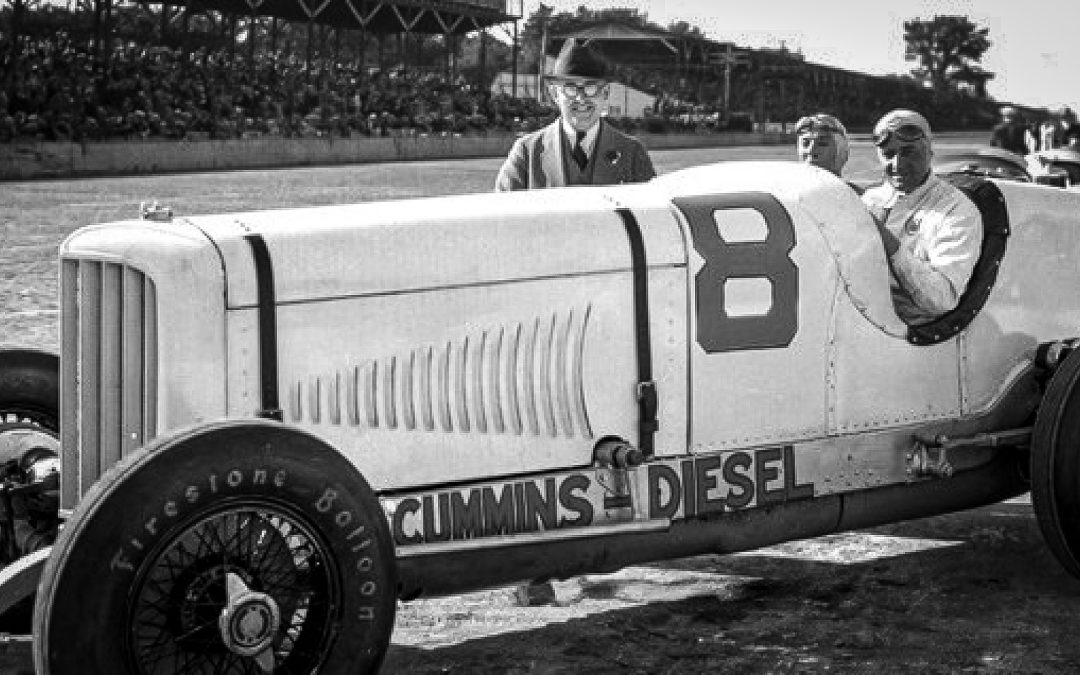History and cultural significance
Slab culture first emerged in Houston’s predominantly Black working-class neighborhoods during the early to mid-1980s. The customized vehicles were visible representations of success and artistic outlets during a time of economic struggle. The style was partly inspired by the opulent “pimpmobiles” of 1970s Blaxploitation films.
The culture solidified and expanded in the 1990s as it became deeply intertwined with the city’s burgeoning hip-hop scene. DJ Screw’s pioneering “chopped and screwed” style perfectly complemented the ritual of “riding slab:” cruising slowly and deliberately to be seen and heard.
Although slabs are a product of a specific culture, any enthusiast of older vehicles can relate to the challenge of keeping old full-size American sedans on the road. Add in the extra challenge that slab cars are highly modified with paintwork, chassis modification, custom interiors, sound system installation, electronics, hydraulics, and more, and slabs surely provide a unique case study for any devotee of older vehicles.
Today, slabs continue to symbolize pride, self-expression, and community identity within Houston. Slab lines (car clubs) often cruise together in a rhythmic procession, weaving in and out of lanes, a practice known as “swangin’.” They are a form of living heritage, with older enthusiasts passing the tradition and craft down to younger generations.









